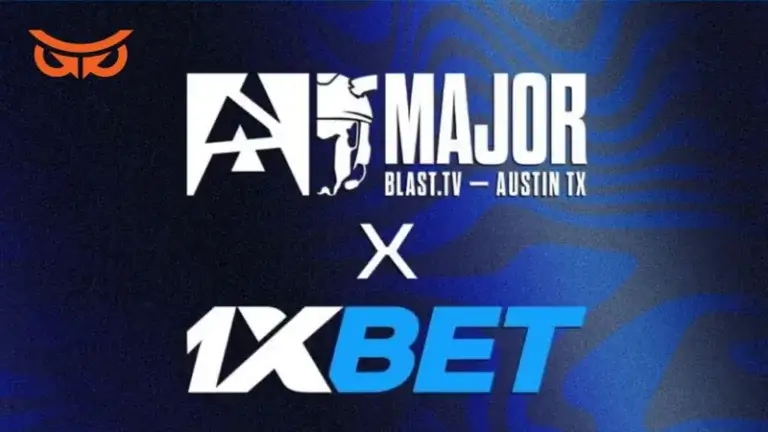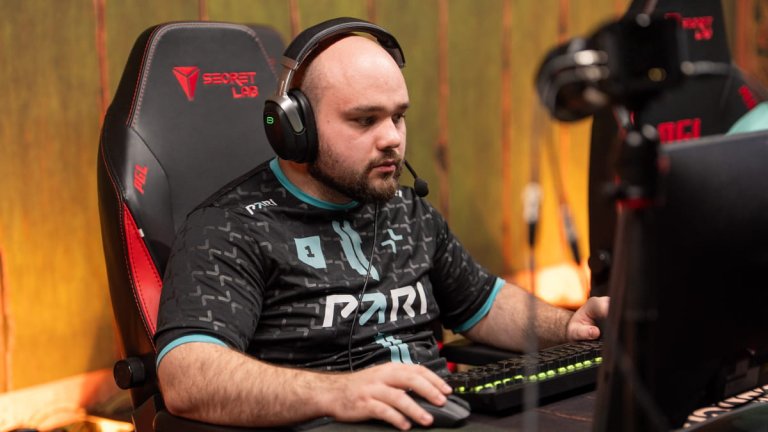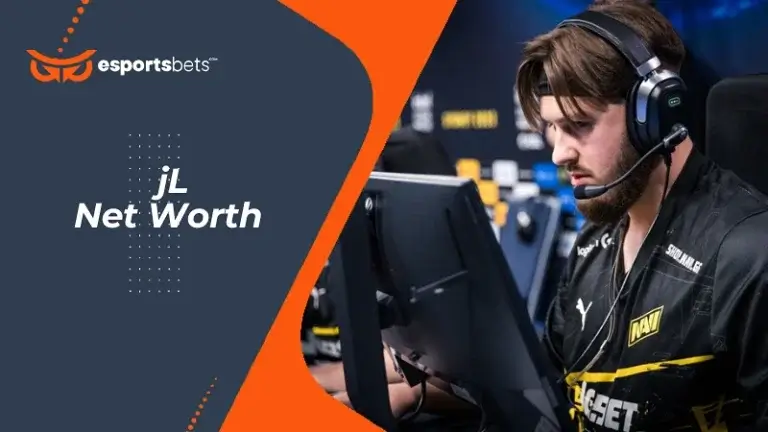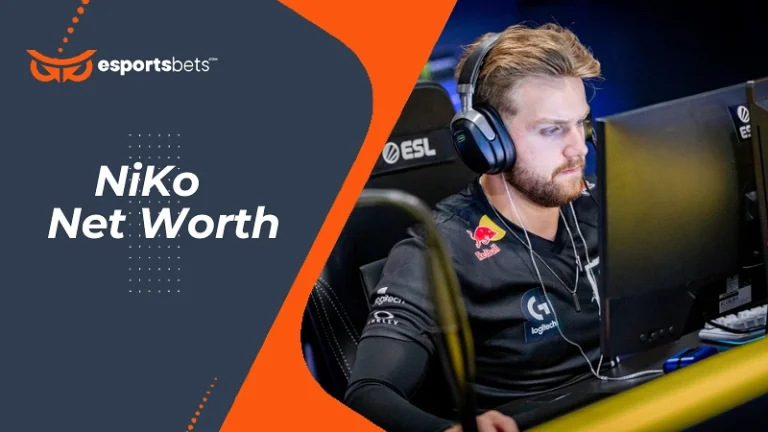Technology Trends and esports markets – a symbiotic partnership
Naturally, for esports to be a thing, gaming first had to be a thing. In order for gaming to be a thing, several technological advances needed to be made. Modern gaming (and esports) rely on tech like high-powered GPUs, high-accuracy peripherals, and powerful and stable internet connections, most of which would have been utterly unthinkable just a few years ago, performance-wise.
Technology in esports has come a long way in just about every aspect of the industry. From powerful computers that run the latest games at peak performance to top esports gaming monitors that allow players to make split-second decisions as precisely as possible, every aspect of esports relies on modern tech.
Beyond the obvious
In fact, it goes quite a bit beyond the ‘obvious’ aspects of technology. Much like how a lot of thought and engineering goes into sports equipment like bikes for races or even shoes for running, things like desks and chairs are also engineered for maximum ergonomic comfort.
High-profile esports athletes train fairly similarly to traditional athletes – they just spend their training time in front of a monitor instead of on a football field, for example. Beyond that, they are constantly using things like headphones, microphones, mice, keyboards, and more – all of which need to offer top specs to be viable.
A good esports keyboard – or any esports peripheral, really – relies on high-accuracy and low-latency performance. Even the slightest bit of delay can cause a maneuver to fail, or a critical issue mid-game.
Beyond the game
Even in the areas surrounding esports play itself, you can spot plenty of innovative technology. Take a look at streaming technology for example. Not only can we watch live footage of just about any game and player we want, technology even allows for events to be hosted, streamed, and played entirely remotely now.
Once again, this wouldn’t have been possible (especially at this scale) only a few years ago. It’s not just streaming either – there are several industries closely tied into esports, and they are equally closely tied to esports technology trends.

The scope of the virtual space
Another example of a brand-new tech that hugely expanded the potential of gaming and esports is VR. Now, obviously, none of the biggest esports out there utilize VR directly, but virtual reality is expanding into other aspects as well.
Specifically, the live-streaming side of it. Already, some major organizers like ESL have used VR for their events – an optional VR feature for Dota, in the case of ESL New York, way back in 2016. This offers a new way of viewing events and participating in esports for fans at home.
Currently, prohibitive VR prices still stop a number of fans from watching in this way, but with headsets becoming cheaper and cheaper, this barrier is lowering more and more. It’s pretty reasonable to expect that in the near future, esports technology factors will lean more strongly towards that sort of esports experience.
Gambling on progress
Esports gambling is, as the name implies, also closely tied to esports. It offers a lot of opportunities that would be difficult or even impossible to achieve without the tech we have access to now. You can’t just bet on the outcome of games or even individual rounds, but thanks to the easy replayability and split-second finishes that high-tech recording and streaming allow, there are more aspects of esports to bet on than ever before.
More and more esports betting providers are also taking the leap to offer ‘unconventional’ things to wager on – after all, when is the last time you saw a football match with odds on ‘most kills in the first half’?
Mobile Gaming
Mobile Gaming is another example of where esports and gaming, in general, have profited from the new esports technology trends. Already, mobile gaming has overtaken PC gaming in yearly revenue – and with that, came a new type of smartphone. Obviously they were quite ‘smart’ to begin with, but more and more smartphone companies started to also manufacture devices specifically for mobile gaming, and peripheral brands like Razer as well as PC manufacturers like ROG also started creating gaming-focused smartphones, with all sorts of new goodies and extras, such as special liquid cooling, higher refresh rates, and stronger CPUs.
In other words – the best esports technology trends wrapped up in a small handheld device, and available for less than a thousand quid (usually). While these special smartphones are by no means as common, as, for example, an iPhone, they are gaining popularity and are quickly becoming the go-to for serious mobile esports fans and gamers.

5G
Another step forwards in esports technology trends was the implementation of 5G. The far faster and better internet standard for mobile devices further made it easier to watch and participate in esports. Not only is it easier and faster to watch matches being streamed, but games played themselves happen with lower latency and less lag. Especially with data-intense and high-precision games, it’s important to have a high-quality connection.
Another advantage of 5G is its ability to handle large volumes of connections – such as for Battle Royale competitions like Fortnite. With esports technology trends being what they are, it’s important to keep up with the demand and movements of the esports market themselves, especially regarding popular games and events!
5G also makes AR and VR more viable for more people and allows them to experience gaming in a way that wouldn’t have been possible just a few years ago. Of course, 5G hasn’t been implemented everywhere yet and is only available in the latest few phone models, but it is the ‘next thing’ and will definitely bring mobile gaming and mobile esports to a wider audience – that’s already started to happen after all!





















